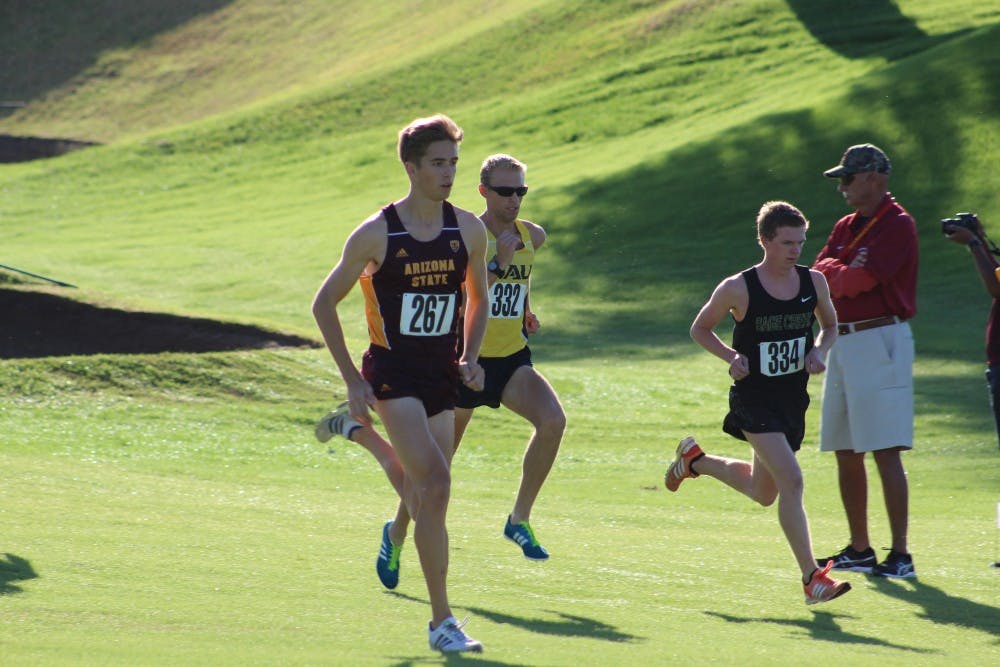Cross country running takes its toll on athletes' bodies due to the excessive impact it puts on joints and the repetitive strain it causes on certain muscles.
For every 100 hours of running an athlete performs, he or she suffers on average one injury. On average, 65 percent of runners are injured per year.
Head coach Jeremy Rasmussen explained how these injuries play a role on ASU’s cross country team.
“Unfortunately, they have impacted the team a decent amount up to this point,” Rasmussen said. “Distance running is just unfortunately a natural thing with the pounding that you take on your body and the miles you put in.”
Rasmussen said the medical staff at ASU works with the athletes to help them recover more quickly when they do get injured.
Rasmussen said communication is the most important thing between the athletes, coaches and training staff. It is important that they catch injuries early and not let them worsen.
“Injuries are always going to play a factor – there’s no doubt about it,” Rasmussen said. “It’s just how do we manage them the best we can and still be able to train at a very high level.”
Rasmussen and other athletic training staff have taken measures to ensure that the team stays healthy.
In the beginning of the season, the whole team took a physical competency test to determine what injuries they are more prone to. The test required the runners to complete a series of jumps, lunges, stretches, planks and squats.
This test is also used as a mapping system so that when they do get injured, they know what amount of recovery they need to regain their initial level of health.
Sophomore Cecile Lejeune is currently suffering from an injury that occurred a few weeks ago. While running in practice, she fell over a rock injured her femur.
“I had this sore hip and at first we just thought it was some kind of inflammation, but as the days went on, it wasn’t going away, even with treatment, Lejeune said. "It turns out my femur was fractured.”
With help from the athletic trainers, she hopes that she can recover by the time track season starts.
Rasmussen also has the athletes fill out weekly logs that track their resting heart rate, how they’re feeling and how much sleep they are getting. He does this so they can learn how to listen to their bodies and be able to know when something is wrong.
“All of those things play a big factor into being successful at this level,” Rasmussen said.
Rasmussen said he is very big on athletes having orthotics in their shoes that are specific to their bodies' needs. The team recently received new trail shoes that protect against injury on mountainous terrain.
“Sometimes when I feel sore, it just means I need new shoes – once I swap out my old shoes, it’ll go away within a couple of days,” redshirt junior Nick Dale said.
The Sun Devils will next compete in the Pac-12 Championships on Friday, Oct. 27 in Springfield, Oregon.
Reach the reporter at cncarte1@asu.edu or follow @CCydeni on Twitter.
Like State Press Sports on Facebook and follow @statepressport on Twitter.




